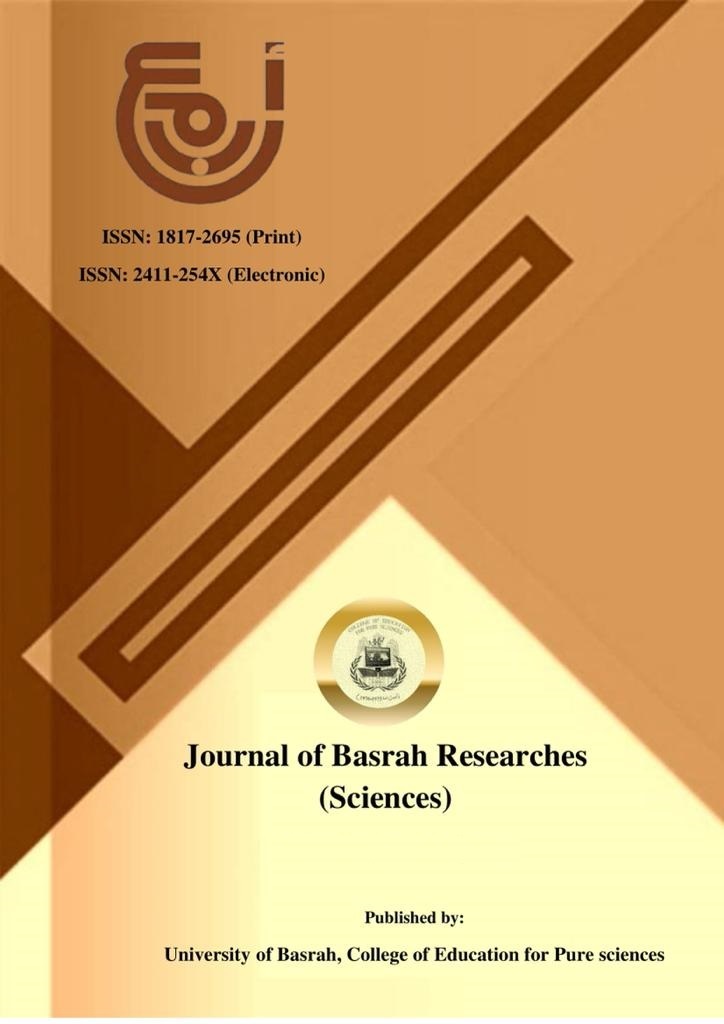Abstract
The cavity perturbation method has been used to measure the dielectric constant and loss factor of
(polystyrene/carbon black) composites of different concentrations of carbon black fillers (5 wt% -
20 wt%) . The used cavity is rectangular in shape that exited the dominant mode (TE101) with a
theoretical resonance frequency of about (9.7757 GHz). The composite having (20 wt%) carbon black
fillers shows higher values of the dielectric constant (???? ???? ???? 8.96 ) and loss tangent ( tan???? ???? 0.089 ).
Finally composites are very useful for electromagnetic shielding (SE) and radar absorbing materials
(RAM).In general ,in case of the heterogeneous mixture, the behavior of the dielectric constant and
loss tangent is found to increase with the increase of carbon black(CB) fillers.
(polystyrene/carbon black) composites of different concentrations of carbon black fillers (5 wt% -
20 wt%) . The used cavity is rectangular in shape that exited the dominant mode (TE101) with a
theoretical resonance frequency of about (9.7757 GHz). The composite having (20 wt%) carbon black
fillers shows higher values of the dielectric constant (???? ???? ???? 8.96 ) and loss tangent ( tan???? ???? 0.089 ).
Finally composites are very useful for electromagnetic shielding (SE) and radar absorbing materials
(RAM).In general ,in case of the heterogeneous mixture, the behavior of the dielectric constant and
loss tangent is found to increase with the increase of carbon black(CB) fillers.
Keywords
cavity perturbation
Complex permittivity
polymer composites
